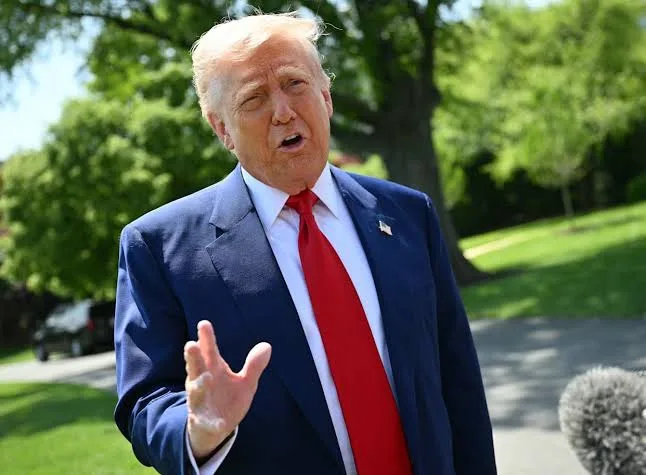US President Donald Trump has announced plans to impose tariffs of up to 200% on imported pharmaceuticals, sparking concerns about potential disruptions to the global supply chain and increased costs for patients. The decision was made on July 8, 2025, during a cabinet meeting at the White House.

Details of the Tariff Plan
- The tariffs would apply to imported pharmaceutical products, with a grace period of 12 to 18 months for companies to shift production to the United States.
- The US Commerce Department launched a Section 232 national security investigation into the industry’s foreign supply chains in April, which is expected to conclude by the end of July.
- Trump administration officials claim the tariffs are necessary to protect US interests and encourage domestic manufacturing.
Industry Reaction
- Pharmaceutical companies, including Eli Lilly, Johnson & Johnson, and Sanofi, have already announced investments in US-based manufacturing facilities, potentially in response to the tariff threat.
- Industry groups, such as PhRMA, argue that the tariffs would be “counterproductive” and divert funds from domestic research and development.
- Some manufacturers, particularly in India, have expressed concerns about the impact on affordable medicine prices in the US.¹ ²
Potential Consequences
- Increased Costs: Higher tariffs could lead to increased costs for patients, particularly for generic medications.
- Supply Chain Disruptions: The tariffs may disrupt global supply chains, potentially affecting the availability of certain medications.
- Retaliation: Trading partners, such as the European Union, may retaliate with their own tariffs, escalating the trade tensions.

Global Impact
- Australia: The Australian government has expressed concerns about the potential impact on their country’s pharmaceutical exports to the US.
- India: Indian pharmaceutical manufacturers, who supply a significant portion of the US market, are worried about the potential consequences for their industry.³
Expectation;
- The US Commerce Department is expected to finalize its investigation and recommendations on the tariffs by the end of July.
- Trump will then decide on the final tariff rates and implementation timeline.
- Industry stakeholders and trading partners will likely continue to lobby for exemptions or modifications to the tariff plan.
